Kenya, My Adopted Home
It doesn’t matter how many times you have come here, you never really seem to understand Kenya. It’s a bizarre combination of very modern yet very archaic, especially in its institutions. It’s a combination of the ever growing middle class and the extreme poverty that surrounds it. It’s peculiar, but I’m so glad I’m back here.
I can’t quite believe that in a little over a month, we have completed our journey from the cold freezing Atlantic Ocean, through the vast Namib and Kalahari deserts, driven through the Makgadikgadi salt pans (sadly we only visited Nxai pan), the corrupted beauty of Zambia, the stunning scenery of central Tanzania and now we’ve arrived at our finish point in the warm waters of the Indian Ocean.
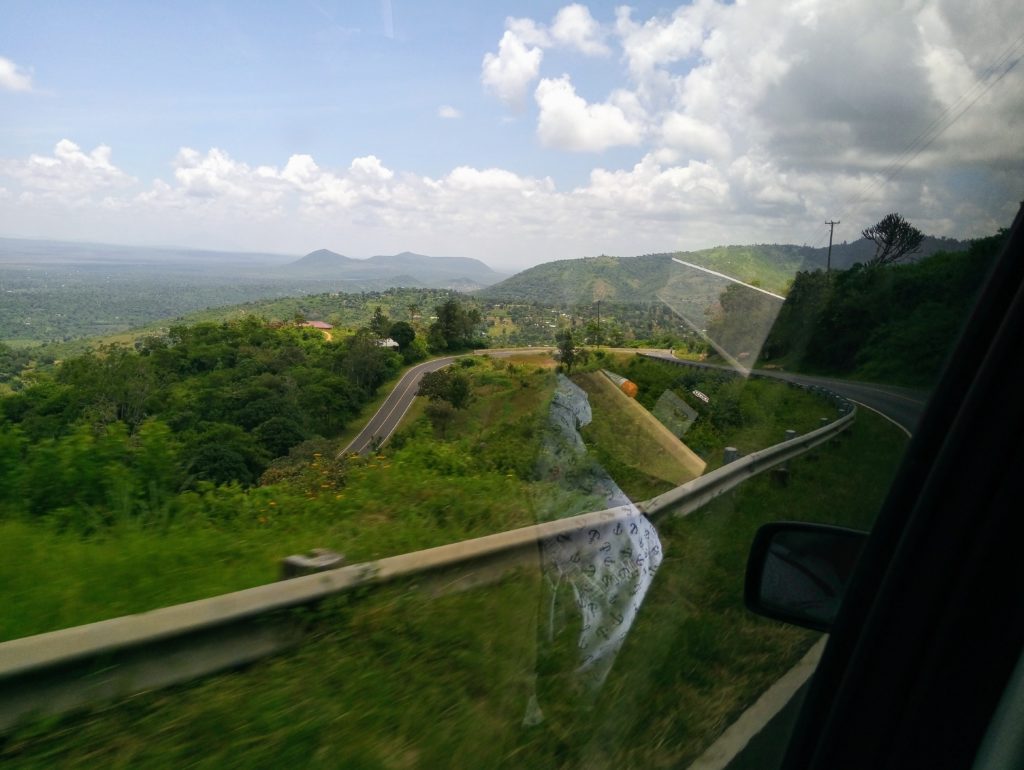
I’m getting ahead of myself a little bit though. Before we left Voi we took a day trip around Tsavo East National Park. Whilst we didn’t see too many animals because of the time of year, it’s really worth a look. In fact, in this case, pictures may well tell a thousand words.
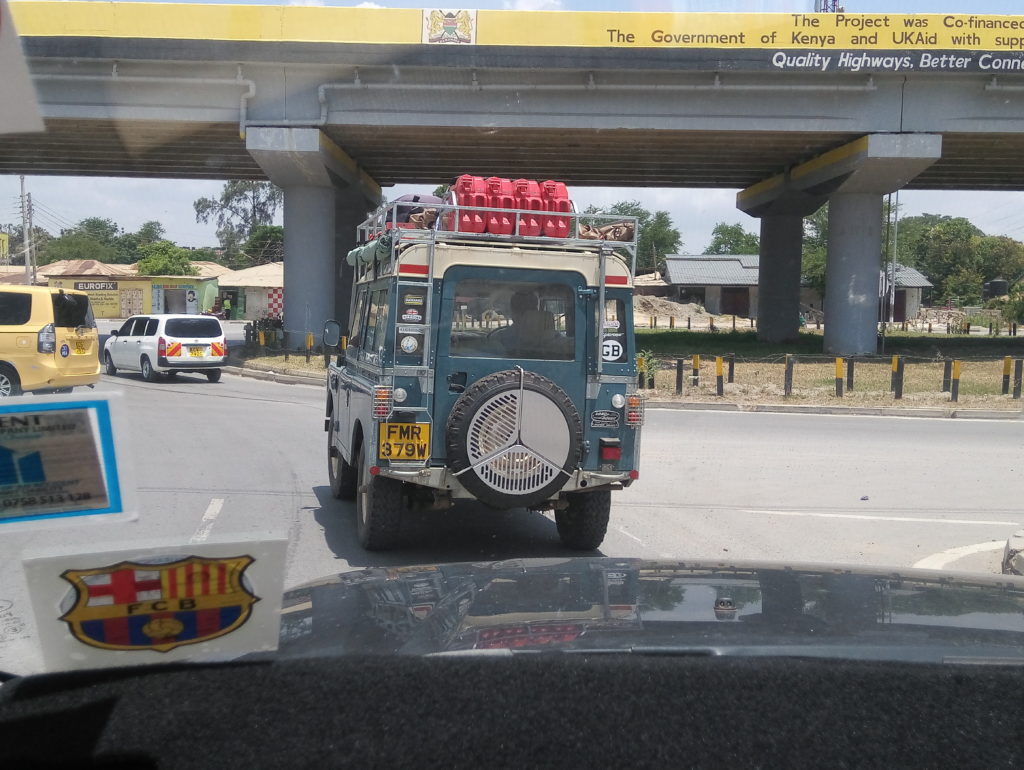
I have experienced the drive down from Voi to Mombasa before about four times, but I hadn’t realised that the Chinese had, thankfully, built a whole new motorway network surrounding Mombasa in just three years. Before, you drove down from Mariakane and had to fight your way through the ports. Now, thanks to the superb new motorway network, it means you can either bypass Mombasa entirely, or drop you right into the various parts of the city you need to get to, in this case the city centre.
Great, we all thought. It’ll be a nice easy drive to the other side of Mombasa. Not a chance. What none of us knew is that in the last month, they started digging up the road near Tudor Creek. It’s causing absolute chaos as we speak! The road is a dual carriageway two lanes wide, except the typically chaotic Kenyan drivers have decided that five lanes into two, plus some on the wrong side of the road, does work!

You quite simply cannot over exaggerate the awful, death-defying driving standards of Kenyan drivers. They are by far the worst on our trip. Their biggest issue is their overtaking. They never plan their overtaking manoeuvres, they just chance it and hope it works out for the best. When I say they chance it, they think nothing of overtaking multiple overloaded trucks on a blind crest. If one of these overloaded trucks comes the other way, then they just flash their headlamps at the truck and expect it to dive out of the way, often onto the dirt.
It’s hard to explain if you’ve never been there, but if you want an idea, watch the Top Gear India Special, the driving is remarkably similar even if Kenya’s is nowhere near as extreme. I think half of the problem is the chronic traffic in Kenya, especially in the cities. Whilst the volume of vehicles isn’t too bad, the lousy driving and roads that are only now getting updated from those installed by the British all of those years ago.
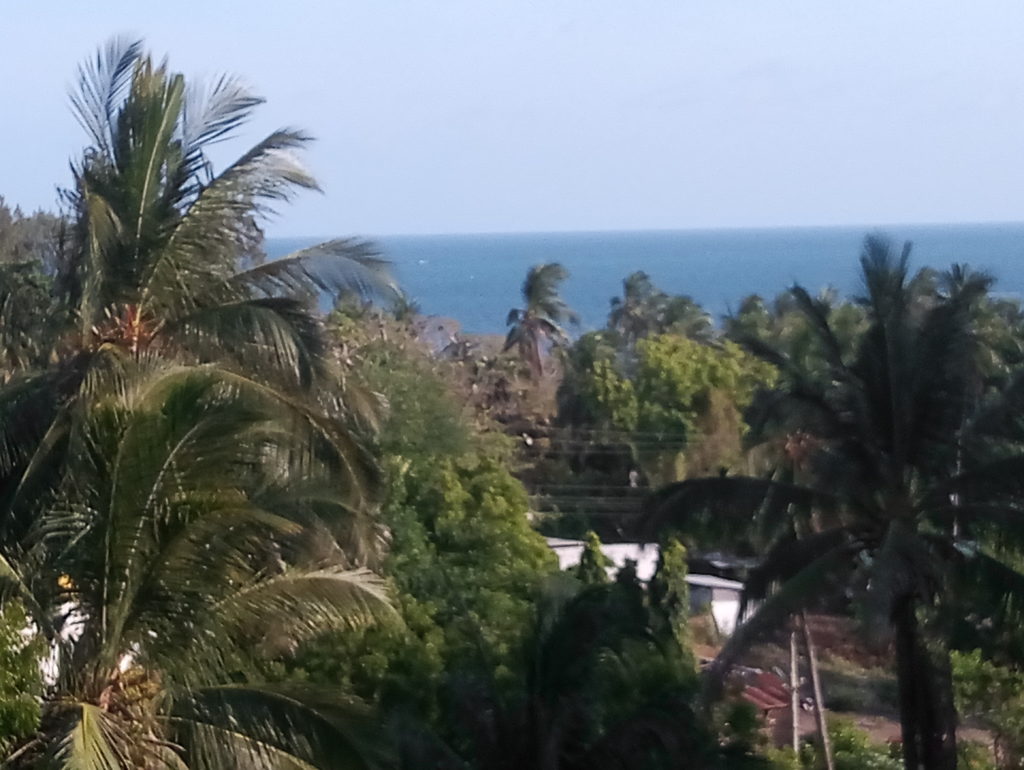
Soon after we arrived in Mombasa we decided to visit Fort Jesus. Well when I say we, I mean myself and Tony as this sort of thing sends Yvonne to sleep. I should have got photos really as it’s a very interesting place, but I was too busy listening to one of my Dad’s history lectures. Military history really is his thing. Sadly there was no airplane related stuff as he loves that sort of thing!
Mombasa and the surrounding areas are full of really good, affordable places to eat. I have my favourites but they are from the very westernised such as Java’s (a Starbucks crossed with a Pizza Express, sort of) to the totally unique such as Kenya’s only floating restaurant, The Moorings.
A lot of people love to visit the famous tusks on Moi Avenue. I’ve been there a couple of times and frankly I’ve never been able to understand what all of the fuss is about. It looks great in the photos of your holiday brochure, but they do nothing for me in the flesh. I think half of the problem is the people constantly trying to sell things there, and now that area is right in the middle of the modern city centre. You can imagine how built-up and congested that road is then!

Now, as I am sure everybody will understand, whenever you do something you have never done before, some things work perfectly and other things are a complete disaster. Some things are as you expected whilst others, for better or for worse, catch you by surprise.
Let’s get the terrible out of the way, first off being the ride comfort in the Series III. Admittedly this was self-induced by perhaps overestimating the load I was carrying. This is the opposite of what normally happens with overlanders, but somehow I managed the opposite. In short I decided to fit some rubber helper springs on the rear suspension, knowing that even the factory heavy duty springs really can’t handle a load very well.
The theory behind the helper springs, sold under various brand names such as Aeon (in this case) and Timbren, is that when the vehicle starts to sag under a load, the helper springs contact the axle and act as a progressively stiffening helper spring. The problem is, the kit that Land Rover specify is constantly in contact with the axle, meaning that unless you have a full load on board, the ride comfort is at best horrible and bouncy.
What I did not expect was downright dangerous handling on corrugations. Even at just twenty kilometres per hour (twelve miles per hour), the vehicle would slide on corrugations, even when it was locked in four wheel drive. This is because it had already significantly compressed, meaning that the axle couldn’t move upwards to absorb bumps. It also had the effect of significantly raising my rear tyre temperatures, even if I raised them from two-point-one bar (thirty pounds per square inch) which is factory for full load operations, to three bar (forty-four pounds per square inch). I couldn’t touch my rear tyres!
I’ve come to the conclusion that these helper springs, whilst very effective on a vehicle which spends its time both permanently fully loaded and on good tarmac roads, are not suitable for this application off-road, especially on corrugations. They may be better suited on a long wheelbase vehicle, but there are already off-the-shelf springs from Land Rover which would mean that the helper springs are unnecessary anyway.
Another item which was a big disappointment is the well-known wolf box. It’s well known and commonly used because it has all of the right features. It’s made of strong plastic, it’s the right dimensions to carry useful items without allowing you to overload it, and it’s relatively light to carry when empty. My issues are threefold, and not a single one will be new to anybody who has owned or used one of these boxes before.
Firstly, it’s not even remotely dustproof. This I knew before I purchased it, as there is no seal between the lid and the main body of the box. Secondly, and for the same reason, it’s not waterproof. These two factors mean that the box is best carried in a waterproof bag if it’s on the roof rack, or, even better, inside the vehicle.
The third factor, one that I had heard about before, is the catches. Whilst I didn’t have the usual issue of the catches breaking (we replaced some of them with metal ones beforehand after breaking one at home), we did have the continual issue of the catches either popping off when the catches were used, or falling off on their own accord on Africa’s roads. The biggest issue is, if they’re packed closely together, you simply cannot get to the catches that secure the lid. I’ve grown to really hate these boxes and I will never buy them again.
There’s a couple of potential replacements for the wolf box. Firstly is the less-common cub box, which, whilst slightly smaller, is made from the same tough plastic as the full-size box. Also, the catches are better and on the top of the box, meaning it’s easier to remove the lid in a confined space. They also don’t come off, which is a bonus!
The second is the Autograph Box, which is the same external size as a full-size wolf box, but is water resistant, dust proof and has a better lid with a proper over-centre catch, which is lockable, and a hinged lid. I am currently enquiring to see if it is possible to ship one to the UK for less than the ninety-three pounds plus shipping that a German supplier wants to charge, especially as in South Africa it is just thirty-five pounds!
Truth be told we haven’t had many things go wrong or be a nightmare on this trip, but one particular item stands out, and that is the Series III’s particular disliking to corrugations. Quite simply, the hard, bone shaking ride is. I think it’s a combination of a short wheelbase and the helper springs not allowing the suspension to absorb bumps. I alluded to this in a previous post, but after removing them I have discovered that, yet again, my rear springs have gone flat in as little as two years. Again, I’m keeping my options open on this one.
Some things went very right indeed though. I strongly recommend getting a fridge-freezer, even if your only intention is to store beer in it. I think storing beer in a fridge is a typically Australian thing to do, or at least that’s what they seem to portray in their YouTube videos. We found, even plugged into a regular and utterly horrid cigar lighter socket, it would easily freeze to minus eighteen degrees Celsius, even when it was over forty degrees outside.
There’s several good fridges on the market specifically aimed at the overlander or expeditioner. Brands such as ARB, Dometic (who own Waeco) Engel, National Luna and SnoMaster all have justifiably deserved reputations, but some other brands are also just as good. Ours is an Indel B TB46 Steel, which is an excellent product.
Another product which is really worth purchasing is the Life Saver Jerry Can. The water that comes out of this can is purified to such an extent that it’s actually cleaner than what comes out of the tap in your home back in the UK. There’s a few different versions relating mainly to the filter lifespan in terms of litres, but in terms of water capacity it holds eighteen. Ours was donated to us by our good friend Patrick Cruywagen, editor of Land Rover Monthly magazine. I was sceptical but now I cannot imagine ever being without it. There will be a review about this product at some point in the near future.
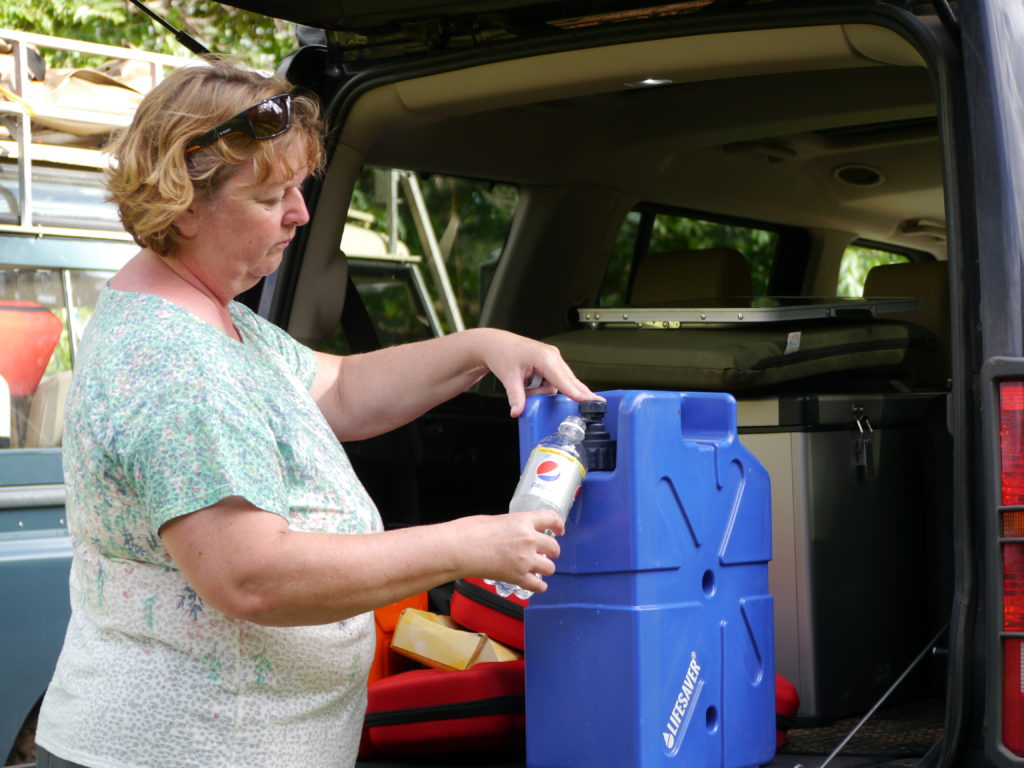
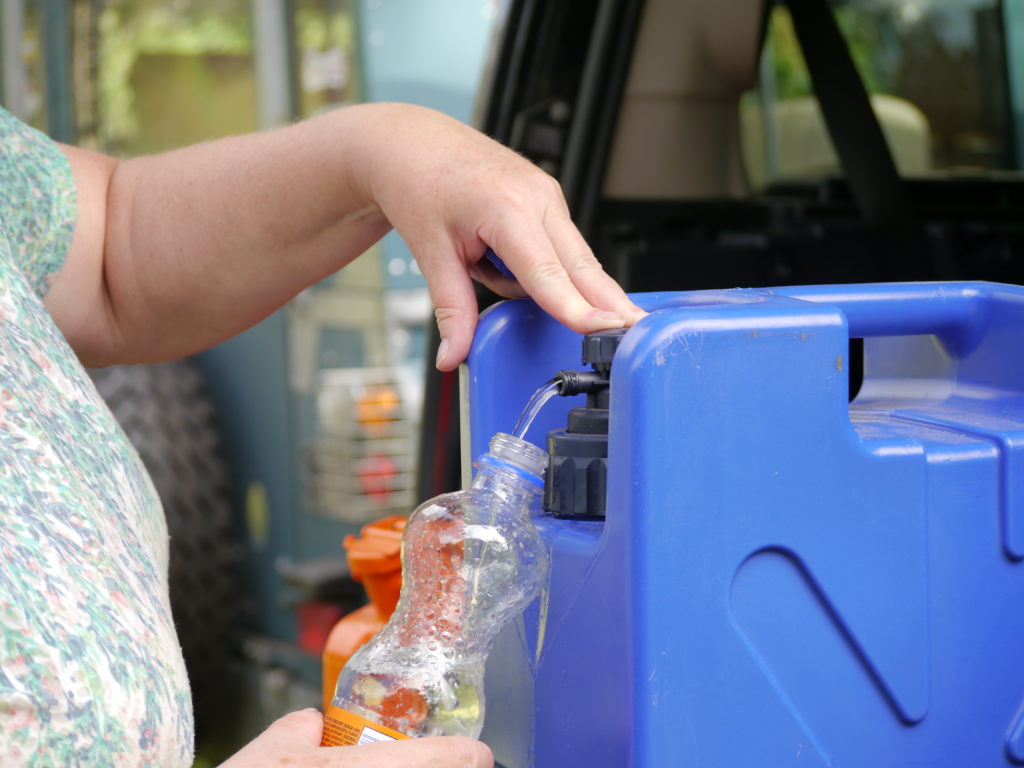
So, there you are. A bit of an update about our trip, and no doubt there’s going to be some really exciting posts coming up in the next few weeks as the crowd from the UK arrive.
7 Responses
Absolutely brilliant! We’re both loving reading this blog. Seriously, a book to follow this trip really is a no-brainer. And now something for you to look out for, knowing one of your(and my) little obsessions – a Jiko(I think that’s spelled right)! Supposedly very popular in some parts of Kenya, so much so that they are frequently referred to as a “Kenyan Jiko”. Somehow I just know you’ll want one! See you soon.
Let me know if you want one, they sell modern ceramic ones locally.
That would be really appreciated, if it’s not too much bother! Some years ago, I watched a TV programme(think it might have been”Safari Chef”) where the presenter was using several in row to cook for a party.
Sadly I haven’t had the chance as we had to load the cars into the container. It’s too big for hand luggage!
No problem! Have a safe journey back.
Looks like my comment that I just wrote on your blog crossing Tanzania is very much coming about in your Kenya write-up – giving product and parts reveiws. Way to go Cameron.
I was going to go on a rant but I thought better of it!